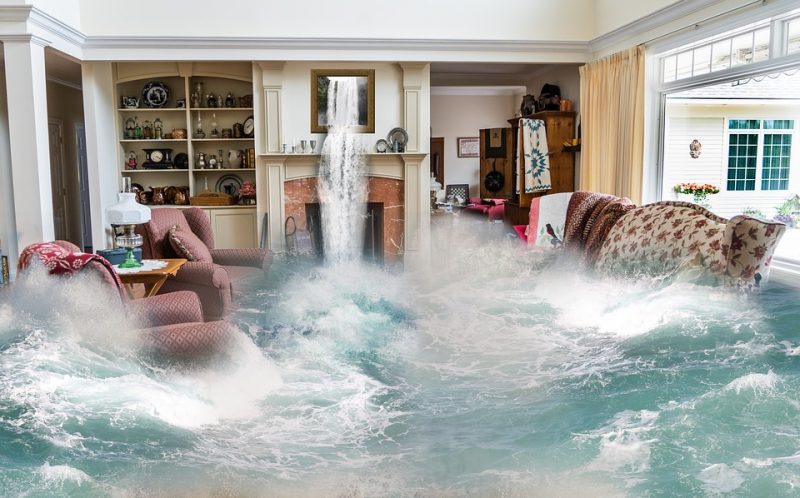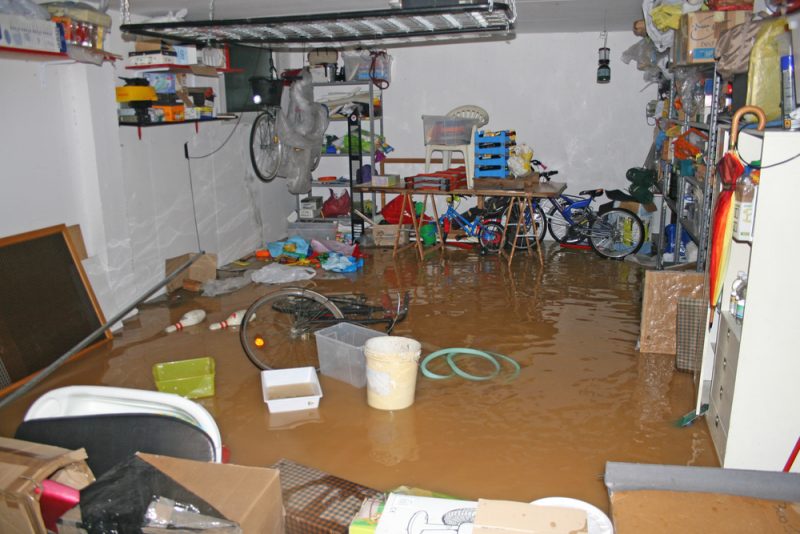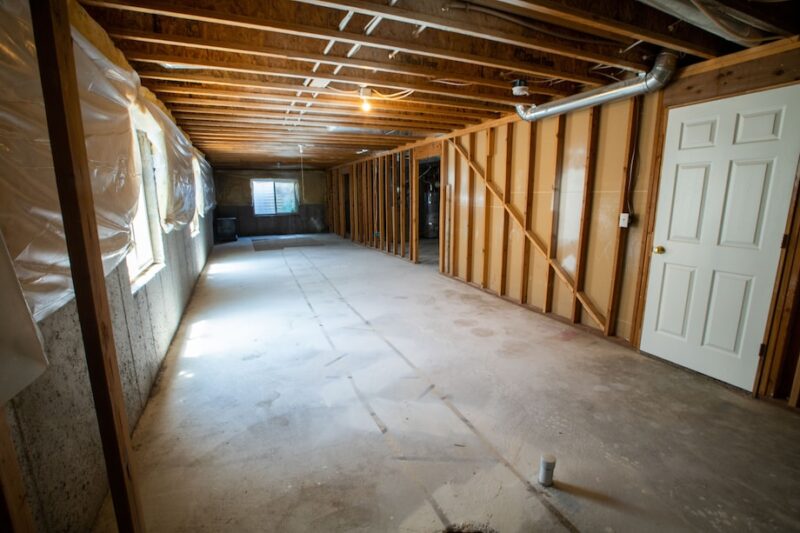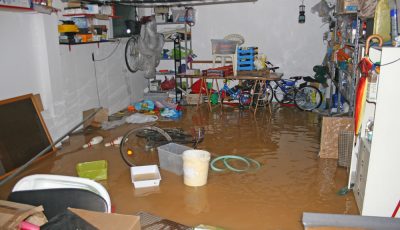5 Tips for Handling a Flooded Basement from Start to Finish
A flooded basement is a nightmare for any homeowner. It can happen due to various reasons such as a faulty sump pump, heavy rain, or burst pipes. Dealing with the aftermath of a flooded basement can be overwhelming, but it is essential to act fast to minimize damage and prevent mold growth. This blog post will provide you with some useful tips on how to handle a flooded basement from start to finish.
Turn Off Electricity and Gas
The first thing you should do when you find yourself dealing with a flooded basement is to turn off electricity and gas. It’s important to ensure that the electricity and gas to the flooded area are switched off to prevent electrocution and gas leaks. Do not attempt to switch off the electricity if your basement is submerged in water, as it can be dangerous. Instead, contact your provider to switch off the electricity supply before you enter the flooded basement.
Call Your Insurance Company
The next thing you should do is to contact your insurance company to report the incident. Your insurance policy may cover the costs of repairing any damages caused by the flood. Take pictures of the damages, including any items that have been damaged. Your insurance company will require proof of the damages, so ensure that you document everything.
Remove Water and Mud
Once your insurance company has been notified, you can start removing the water and mud from your basement. You can do this by using a pump or a wet/dry vacuum cleaner. Ensure that you wear protective gear such as boots, gloves, and a face mask when cleaning the basement, especially if the water is contaminated. You can also use a dehumidifier to remove any moisture and prevent mold growth.
Disinfect and Clean Up
After you have removed the water and mud, it’s crucial to disinfect and clean up the affected area to prevent mold growth. You can do this by using a mixture of bleach and water. Mix one cup of bleach to one gallon of water and use a mop or cloth to disinfect surfaces. Open windows and use fans to ensure that the area is well-ventilated.
Repair Damages
Once your basement is cleaned up and disinfected, it’s time to start repairing any damages. This may include repairing or replacing any damaged walls, floors, or items that cannot be salvaged. It’s important to hire a professional to repair any electrical or plumbing damages to prevent future incidents.
Handling a flooded basement can be challenging, but with these tips, you can start the cleanup process safely and effectively. Remember to prioritize your safety and to seek professional help when necessary. With swift and decisive action, you can minimize damage, prevent mold growth, and restore your basement to its original condition.














